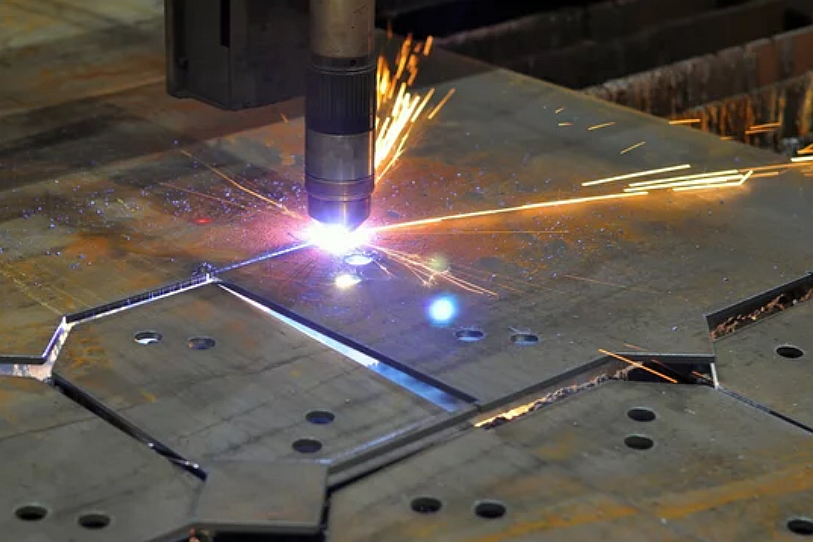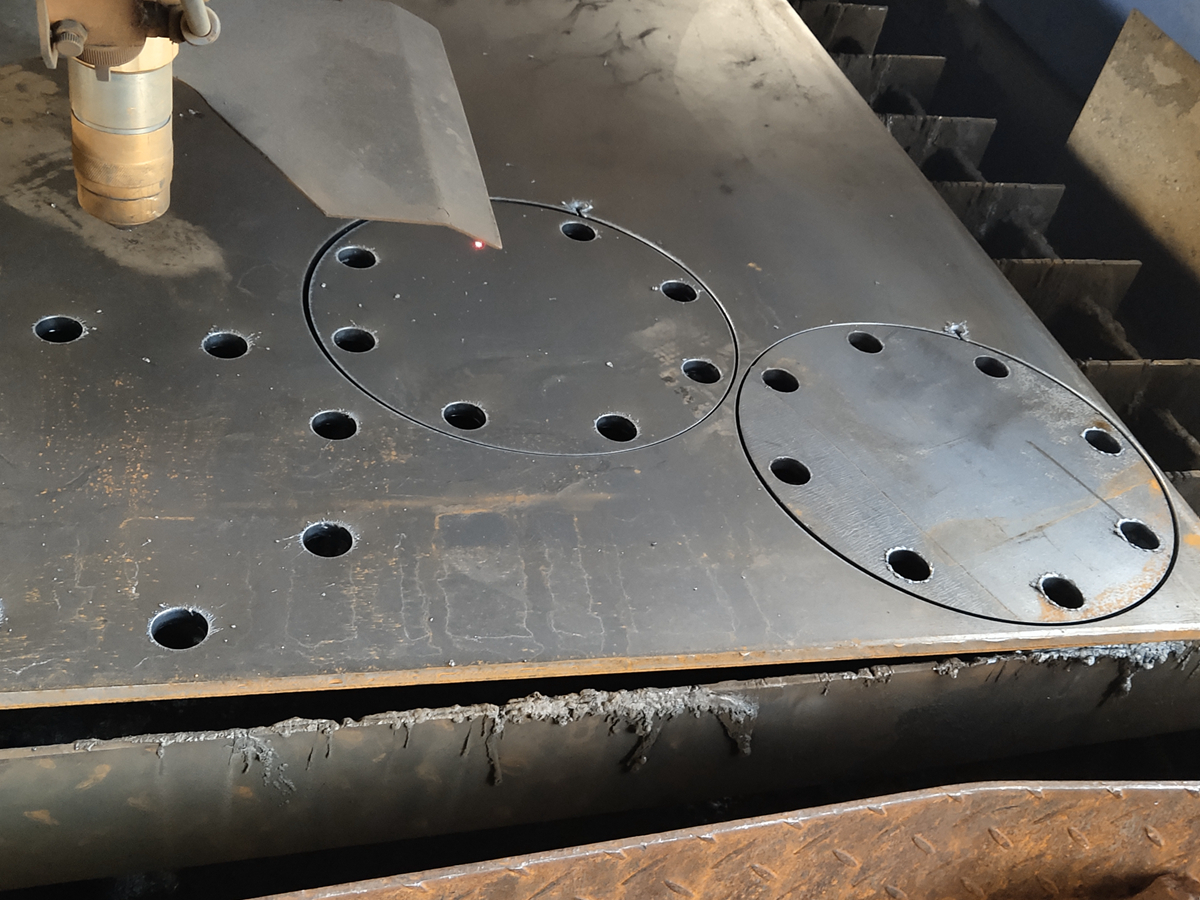How fast is plasma cutting compared to other methods?
Introduction
In industrial fabrication, production speed is often a critical performance metric. Plasma cutting stands out for its exceptional cutting rate on conductive metals, offering a powerful balance between precision and throughput. At Neway, our advanced plasma cutting service leverages CNC automation, gas optimization, and power control technology to deliver high-speed cutting across a wide range of materials — from carbon steel to aluminum and stainless steel.
Efficiency of Plasma Cutting in Manufacturing
The speed advantage of plasma cutting primarily stems from its ability to generate an extremely hot, focused plasma arc exceeding 20,000°C. This enables rapid melting and ejection of material without mechanical contact. For thin-to-medium sections, plasma typically cuts 2–5 times faster than oxy-fuel cutting and often outpaces mechanical processes such as sawing or waterjetting.
In mass production, coupling plasma cutting with sheet metal fabrication systems ensures seamless integration of multiple cutting tasks. Automated gantry platforms equipped with CNC machining prototyping capabilities further improve repeatability and reduce setup time. These enhancements allow fabricators to achieve clean, accurate edges at unmatched speeds.
For prototypes or smaller batches, plasma technology can be combined with laser cutting or metal bending to strike a balance between precision and throughput in custom manufacturing projects. This flexibility keeps production lines agile while maintaining tight tolerances.
Comparative Performance Across Materials
The cutting speed varies based on material type, thickness, and alloy composition.
Mild and carbon steels: Carbon steel plates up to 25 mm can be processed at 2–3 m/min, significantly faster than oxy-fuel methods.
Stainless steel: Stainless steel exhibits smooth edges and higher feed rates when cut with argon-hydrogen plasma mixtures.
Aluminum alloys, such as A380 aluminum die casting and cast aluminum, are lightweight materials that achieve precise cuts with minimal heat distortion.
Copper and brass: Copper alloys demand advanced power sources to maintain arc stability, yet plasma remains faster than mechanical shearing.
High-temperature alloys: Specialized gases enable the precise cutting of nickel-based alloys and cast titanium, commonly used in aerospace applications.
Compared with waterjet or laser cutting, plasma provides an ideal middle ground — faster than waterjet for thick metals and more economical than laser for general-purpose applications.
Post-Cut Finishing and Process Enhancement
While plasma cutting is fast, surface refinement remains essential for components requiring high aesthetics or tight assembly fits. Processes such as sandblasting and electropolishing remove minor oxide residues, while protective coatings like powder coating or chrome plating extend the lifespan of parts in demanding energy sector environments.
Industrial Applications Benefiting from High Speed
Industries such as automotive, lighting solutions, and telecommunication utilize plasma cutting for its balance between speed and cost-effectiveness. The process enables quick turnaround for brackets, housings, and enclosures without sacrificing dimensional accuracy — a decisive advantage in time-sensitive production lines.



